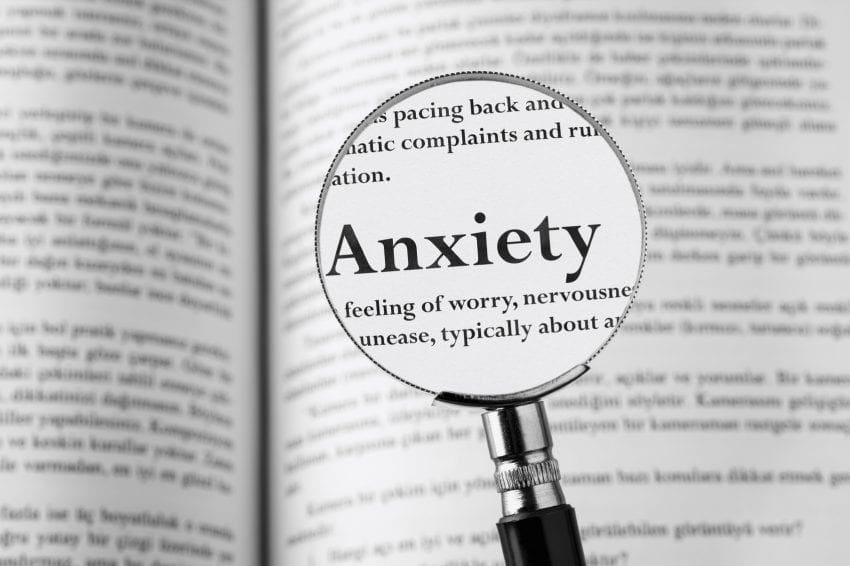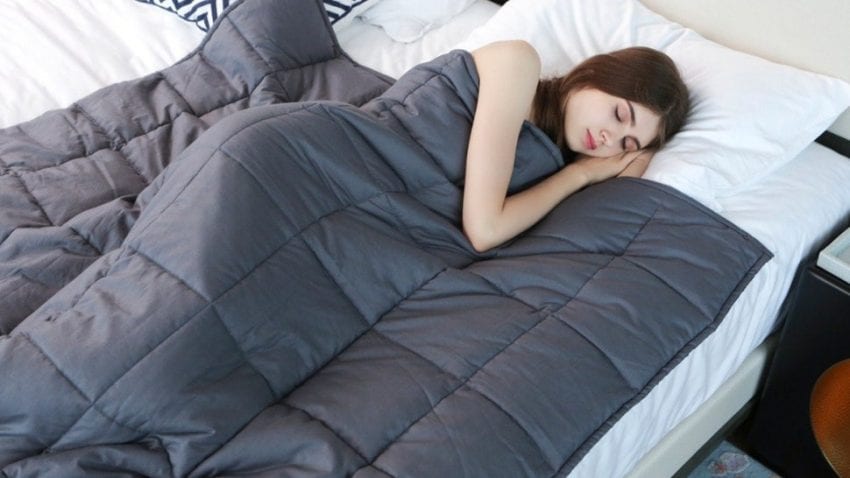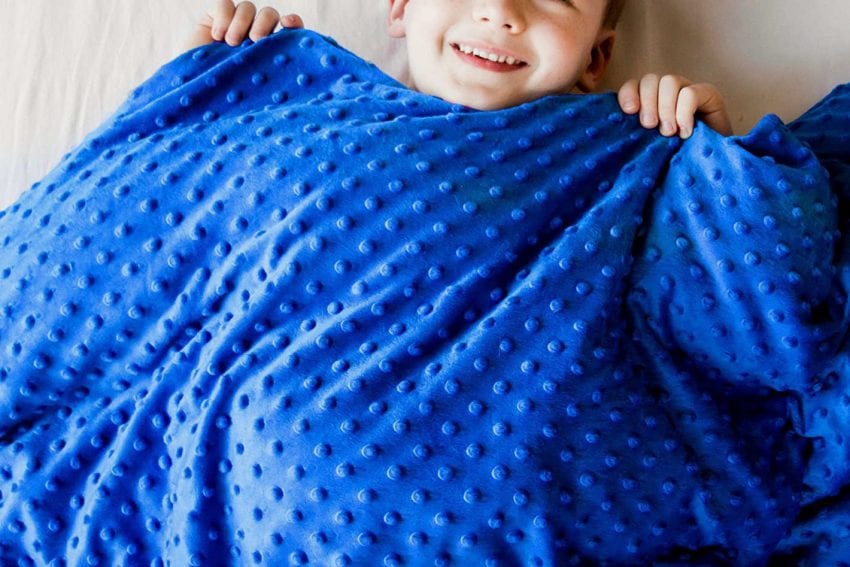The up and coming trend that just about everyone is talking about. Whether you’ve heard about it on the news, through social media, or word of mouth, just about everyone is semi-familiar with the concept of weighted blankets. A quick Google search reveals mass amounts of articles geared towards convincing readers that weighted blankets do, in fact, reduce anxiety, but they fail to offer detailed explanations of how and what the limits are. For example, I’ve read numerous articles discuss the benefits of weighted blankets in the context or adults and children as if they can be lumped into a one-size-fits-all category, but can weighted blankets really alleviate anxiety in children and adults?
Few websites address these questions and fail to differentiate because it cuts into business and it’s easier to generalize and make people believe that the product is beneficial for all, but there are some severe issues with this tactic such as false advertising and safety concerns. After scouring databases for scientific literature on weighted blankets for several months, I come to you with the knowledge to answer the question: Do weighted blankets work the same for adults and children who have anxiety?
What Happens to our Bodies When we Feel Anxiety?

According to truhugs.com, mental health is (thankfully) being taken more seriously in today’s culture, and people are finally seeking out interventions to alleviate distress. One of the most commonly experienced mental health conditions is anxiety. Anxiety is a complex emotion that everyone (except sociopaths) feel at some point during their lifetime. Sometimes, the anxiety passes quickly, or the person has a high level of emotional regulation capabilities. Other times, anxiety persists and becomes chronic — cue anxiety disorders. Chronic anxiety impedes life in various aspects, depending on the root cause of anxiety. Those with agoraphobia or social anxiety may struggle to perform work tasks effectively or grocery shop. Those who have panic attacks may struggle to find ways to ground themselves when they experience symptoms in public settings. Despite anxiety having different varieties and root causes, the symptoms and body processes that accompany it, remain congruent.
What do you feel within your body when you experience anxiety? Common symptoms of anxiety include:
The good news and the reason why you’re here is that interventions are being developed to alleviate these annoying symptoms of anxiety and help you live a healthy lifestyle. Deep pressure touch interventions, such as weighted blankets, are being studied and developed to better understand how they can help with various conditions.
How Weighted Blankets For Adults with Anxiety Help

Weighted blankets for adults with anxiety have been marketed left and right, and with merit! At this point in time, there have been five studies conducted to determine how weighted blankets impact symptoms of anxiety with various populations. Five studies do not sound like a lot, and to be fair, it isn’t, but there have been even more studies conducted with other variations of deep pressure touch interventions. These additional studies have similar results to those seen with weighted blankets and thus can be used to build a case of whether or not they are effective in reducing anxiety.
So, what does the research say?
- People like to use weighted blankets! In the studies that asked for participant perceptions and how they felt while using one, and participants reported feeling calmer when using it.
- Weighted blankets lower existing sympathetic nervous system activity or prevent it from even starting. What does this mean? The sympathetic nervous system is responsible for our fight or flight response, which occurs in times of stress! Essentially, weighted blankets help prevent or reduce the physical sensations one may experience during times of high stress.
- A case study found that the participant who suffered from bipolar and also comorbid anxiety, was able to perform social and occupational tasks at ease when a weighted blanket was implemented into her lifestyle.
- Parasympathetic nervous system activity increased when weighted blankets were used. The parasympathetic nervous system is the oppose of the sympathetic nervous system — “rest and digest” is the phrase used to describe this system. A heightened parasympathetic nervous system is good because it slows down processes that may have been heightened during higher sympathetic nervous system activity.
The verdict? Overall, in healthy adults, weighted blankets are a useful tool to help alleviate anxiety. One of the studies cited above did use a population with special needs to test the effects of a deep pressure touch intervention on anxiety, but the specifics of the participants used within this study are unknown. The other studies noted that they recruited participants without pre-existing health concerns. It is unknown at this time if weighted blankets are safe for people who have problems with blood pressure, heart conditions, or various other physical ailments.
Do Weighted Blankets for Toddlers and Kids Work?

Although we do have some science to back up the claim that weighted blankets benefit adults with anxiety, we do not have much to back up the claim that weighted blankets for kids can alleviate anxiety. After searching, and searching, I was able to find two studies that used weighted blankets on children, and they weren’t studying weighted blankets and anxiety, but rather if weighted blankets would help with sleep disturbances. For reference sake, the ages of the children used within these two studies were between 3 and 17. The results were mixed, some participants had improved sleep qualities and some did not. The large age range does not help give us a frame where weighted blankets are safe and effective. The problem with weighted blankets and children/ toddlers are, they aren’t well studied, so we don’t know how safe they are for toddlers or children, and when they become safe for use. There isn’t clear research on if these blankets can alleviate anxiety on children, and without more research on both the effects and safety, parents should be cautious.
Most of the research conducted by occupational therapists on children and deep pressure touch tactics use weighted vests, and the results are promising for helping children who have anxiety, but I do not believe these results can transfer to weighted blankets due to the diverse nature of children’s body size and weight.
The recommended blanket weight for children is 10% of their body weight plus an additional couple of pounds, and there is no research that I could find that backs this statement up. The recommended weight stemmed from backpack guidelines, and blankets certainly are not corresponding to backpacks.
There is a reason that most of the research conducted on children and deep pressure touch do not use weighted blankets, and consumers should be informed of the potential risks associated with weighted blankets on their children throughout the night.









